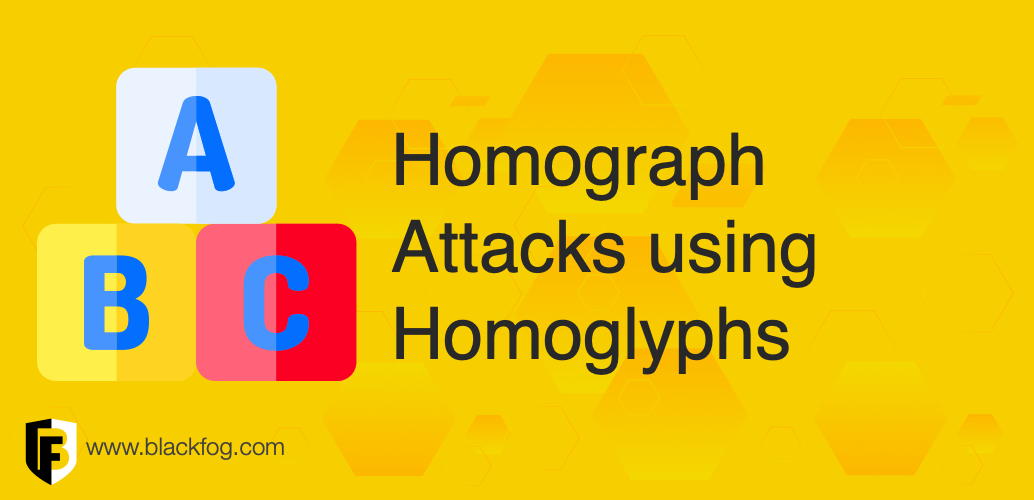
A New Vector
Homograph attacks are the latest in a long line of new attack vectors now being used by cybercriminals to trick users into disclosing personal information such as passwords or other sensitive data.
What is a Homograph?
A Homograph is an attack that uses homoglyphs, characters that use other character sets such as Greek and Cyrillic that have letters that look the same as the roman equivalents. As such, cybercriminals can register domain names that look on the surface to be identical to existing domains and can be used to capture user passwords or other sensitive information. A good example would be an attacker registering the domain “google.com” but using the unicode character u+043E or cyrillic small letter O. There are many characters this can be applied to in order to create a significant number of identical domains.
This technique is usually combined with phishing attacks to trick the user into clicking on the domain and redirecting them to an untrusted domain to deploy malware or collect other information.
How can BlackFog help?
BlackFog Privacy provides automatic protection from homographs and homoglyphs by monitoring network packets in real time. When it detects domains containing multiple character sets it automatically prevents access to that domain.
Share This Story, Choose Your Platform!
Related Posts
AI Data Exfiltration: The Next Frontier Of Cybercrime
How are cybercriminals using AI data exfiltration to enhance their ransomware attacks and what must businesses do to counter these threats?
5 Enterprise Use Cases Where AI Privacy Concerns Must Be Addressed
AI privacy concerns are rising with AI adoption - five use cases highlight the key issues businesses must consider.
What AI Management Really Means For The Enterprise
Ongoing AI management is essential in maintaining compliance in a challenging environment. Here's what businesses need to consider.
AI Security Risks Every Business Must Know About
AI Security Risks are growing as AI embeds in business. What key threats must firms address to stay compliant with data regulations?
Who’s Really In Charge? Why AI Governance Is Now A Business Imperative
Find out why a strong AI governance program will be essential if enterprises are to make the best use of the highly in-demand technology.
AI Compliance: A Roadmap For Addressing Risk And Building Trust
AI compliance is set to be a major focus for businesses in the coming year. Here's what you need to know to make this as easy as possible.






